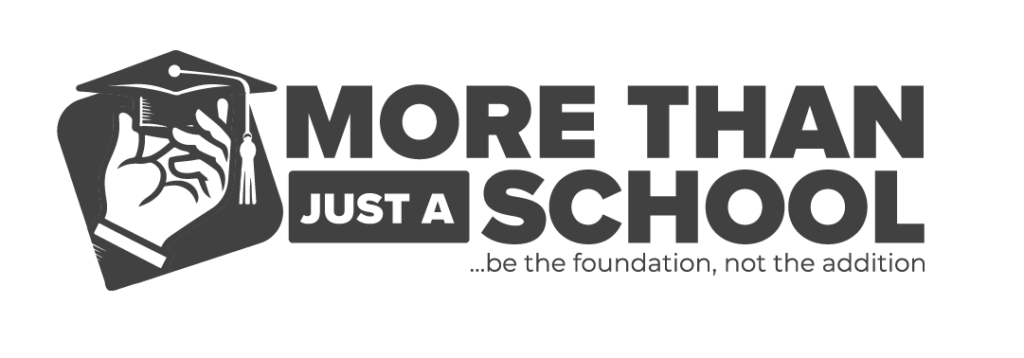Understanding Applied Courses in Canadian High Schools
Education is the foundation upon which the future of a society is built, and in many cases, it determines the quality of a person’s life and career. High school, particularly, is a very important time in the life of every student and this period largely determines the course a child will take career-wise, going forward. Read our previous blog to equip yourself and your child to make the right choices as regards higher education.
In Canada, high schools offer students two distinct pathways: academic courses and applied courses. While this distinction may seem like a way to provide tailored learning experiences, in reality, it raises an essential question of whether we are setting students up to succeed, or unintentionally limiting their potential.
The Creation of Applied Courses: A Well-Intentioned Beginning
Applied courses were introduced to address the diverse learning needs of students. Not every student thrives in a traditional, theory-heavy academic environment, and policymakers recognized the need to create an alternative that emphasized practical, hands-on learning. This approach aimed to engage students who might struggle with or feel disengaged by academic courses, offering them a pathway better suited to their strengths and career aspirations.
Practical Differences Between Applied and Academic Courses
The distinction between applied and academic courses goes beyond labels; it significantly influences the learning experience:
- Curriculum Focus:
- Academic Courses: Centered on theoretical knowledge, critical thinking, and preparation for university education.
- Applied Courses: Emphasize practical skills and real-world applications, with a focus on preparing students for college or direct entry into the workforce.
- Teaching Methods:
- Academic courses often involve lecture-style instruction, research-based projects, and abstract problem-solving.
- Applied courses rely on experiential learning, hands-on projects, and practical exercises.
- Assessment Style:
- In academic streams, assessments prioritize analysis, essay writing, and complex problem-solving.
- Applied streams lean toward project-based evaluations, practical tests, and skill demonstrations.
On the surface, it can be argued that doing applied courses actually gives you a real life advantage over those who do Academic courses, however, this is not the case especially as it relates to post-secondary admissions, where students face significant hurdles, even for college programs that align more closely with their training.
Colleges, which traditionally focus on practical and career-oriented education, often prioritize students with academic courses in their transcripts. This practice contradicts the very purpose of colleges and disregards the alignment between applied courses and the skills colleges are designed to nurture. Many college programs explicitly list academic courses as prerequisites or implicitly favor academic students during the admissions process. This leaves applied students at a disadvantage seeing that only about 23% of secondary schools offer the necessary transfer courses for students wishing to move from applied to academic streams which limits their ability to change educational pathways, significantly affecting their chances of pursuing higher education. Furthermore, a study published on ResearchGate notes that students relegated to vocational streams, often encompassing applied courses, have significantly reduced chances of admission to post-secondary education.
For universities, the preference for academic course students seems justifiable due to the theoretical focus of higher education; this is what academic students are trained for. However, the blanket application of this bias to college admissions is illogical and inequitable, as it discounts the strengths of students in applied courses who are better suited for hands-on learning environments.
Impact on Students
This systemic bias perpetuates a cycle of disadvantage for applied students, many of whom are not aware of these realities until it’s too late to do anything about it. These disadvantages include:

Limiting Potential: Applied students with aspirations for higher education often find their pathways blocked, not because they lack ability or ambition, but because the system devalues their education stream. The People for Education report highlights that students in applied courses are less likely to graduate or pursue post-secondary education compared to their academic peers, due to the structural inequalities built into the education system.
Disproportionate Effect on Marginalized Communities: Research indicates that marginalized groups, including students from lower socioeconomic backgrounds and racialized communities, are disproportionately represented in applied courses. This makes the barriers to post-secondary education even more pronounced, as these students face compounded systemic disadvantages that hinder their educational and career prospects.
Mismatch Between Preparation and Opportunity: Applied courses equip students with practical skills ideal for college programs, yet these students are sidelined due to unfounded institutional preferences for academic courses.
Addressing the Disparities
The prevailing preference for academic courses in college admissions raises critical questions about the alignment between high school education and post-secondary opportunities. Applied courses, designed to provide practical, hands-on learning experiences, equip students with skills directly relevant to many college programs. Yet, these students often face systemic barriers when seeking admission to colleges, which traditionally favor applicants from academic streams.
The Status Quo: A Legacy of Tradition
The preference for academic courses in college admissions is deeply rooted in tradition. Historically, academic courses have been perceived as the standard for high school education, with a focus on theoretical knowledge. This perception persists despite the evolving landscape of education and the increasing recognition of the value of practical skills. Colleges, in adhering to these traditional standards, may inadvertently overlook the competencies that applied students bring to the table.
The Case for Change: Aligning Admissions with Practical Competencies

Encouraging colleges to reassess their admission requirements and processes is imperative. Applied students, accustomed to practical and hands-on learning environments, are often better prepared for college programs that emphasize experiential learning. By recognizing the value of applied courses, colleges can:
Enhance Student Success: Students who have engaged in applied learning are often more adept at navigating hands-on, practical coursework, leading to higher engagement and success rates in college programs.
Promote Equity: Reevaluating admission policies can help address systemic inequities, ensuring that students from diverse educational backgrounds have equal opportunities to pursue higher education.
Foster Relevant Skill Development: Applied courses often focus on skills directly applicable to various careers, aligning with the practical nature of many college programs.
Conclusion: A Call for Inclusive Educational Practices
The current preference for academic courses in college admissions warrants critical examination. By embracing the competencies developed through applied learning, colleges can create more inclusive and equitable pathways for all students. This approach not only aligns with the practical nature of many college programs but also ensures that students are evaluated based on their skills and potential, rather than the traditional labels of their high school courses.
Applied students who are excelling in their courses should not be compelled to switch to the academic stream, where they would likely face significant challenges, just to have a shot at achieving their dream careers and life goals. This forced transition undermines their strengths and talents, as it disregards the very learning style that helps them succeed. Instead of forcing these students into a system that may not suit their needs, we should advocate for a more inclusive approach that recognizes the value of applied learning and provides them with the opportunities they deserve.
In advocating for this shift, we champion a more inclusive educational system that recognizes and values the diverse learning experiences of all students, paving the way for a more equitable and effective higher education landscape.


